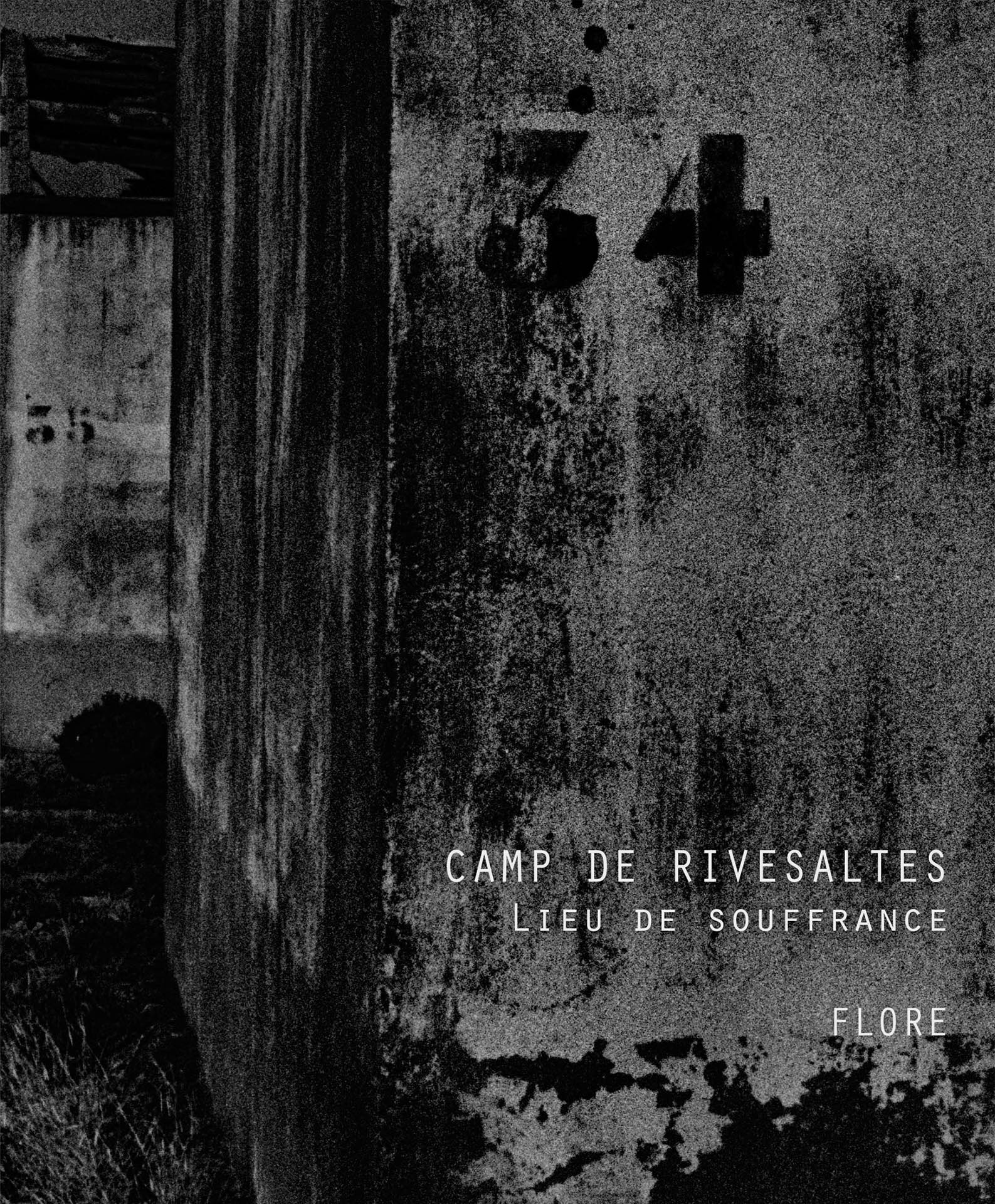LIEU DE SOUFFRANCE
FLORE


This post is also available in:
 French
French
The two series of photographs featured in this book and followed by a text of the historian Denis Peschanski were created in two years by Flore in the Camp de Rivesaltes. Far from the photoreportage, this committed work tries to leave a sensible trace of the things passed in this camp often forgotten by the history.
”Flore refused to create something beautiful on a site that has witnessed so many crimes. And yet these are remarkable photos. A surprising contradiction that speaks to the gamble she took, and the challenge that she faced: it is important to remember that this is a space in time, a place that makes an impression on each visitor, and one with a long timeframe embedded into the landscape.
There is a unique feature to the Camp de Rivesaltes: although there were over 200 internment camps in France during the dark years of 1938 to 1946, it is the only one to have left a mark on the landscape. There are of course other highly important sites, such as Drancy – the transit camp for the deportation of French Jews – or Milles (near Aix-en-Provence), which house important memorials. They even contain period graffiti and murals. But the buildings have either been destroyed or have simply regained their original function, such as a high-rise apartment block, or a tilery. When you are aware of this history, the emotional burden is intense; when you uncover visible traces, the depth of the site’s past is revealed.
The Camp de Rivesaltes is unique in that it spanned the two greatest tragedies of the second part of the twentieth century in France: the Second World War and the Algerian War. In particular, it saw the administrative detention of Jews, Spaniards and Gypsies during the war and the deportation of the Jews in a site that became the interregional deportation camp for the southern zone between September and November 1942. Remember that people were placed in administrative detention not because they had committed a crime, but for the possible threat that they posed to society or to the State. Troops passed through this vast 600 ha site during the Algerian War, and National Liberation Front prisoners were actually imprisoned there for several months. The Camp is infamous as the site where some 22,000 harkis – French Army auxiliaries who served in Algeria – were kept. Initially housed in the banishment camp after the Evian Agreements, between 1962 and 1964, some were then kept in “hameaux de forestage” – communities on the outskirts of forests – with certain families still on the site in the early 1970s. Other groups have passed through the site, such as German prisoners of war after the Liberation and, more recently, returnable migrants locked up in a detention centre. But they all have one thing in common: they were displaced against their free will, abandoned there for years, and regarded as outcasts. Flore’s photographs capture and convey this in its entirety. Look at them closely. And marvel at art’s capacity to convey the reality of suffering and exclusion.”
Denis Peschanski, Director of Research of the CNRS, President of the Scientific Council of the Camp de Rivesaltes Memorial.


